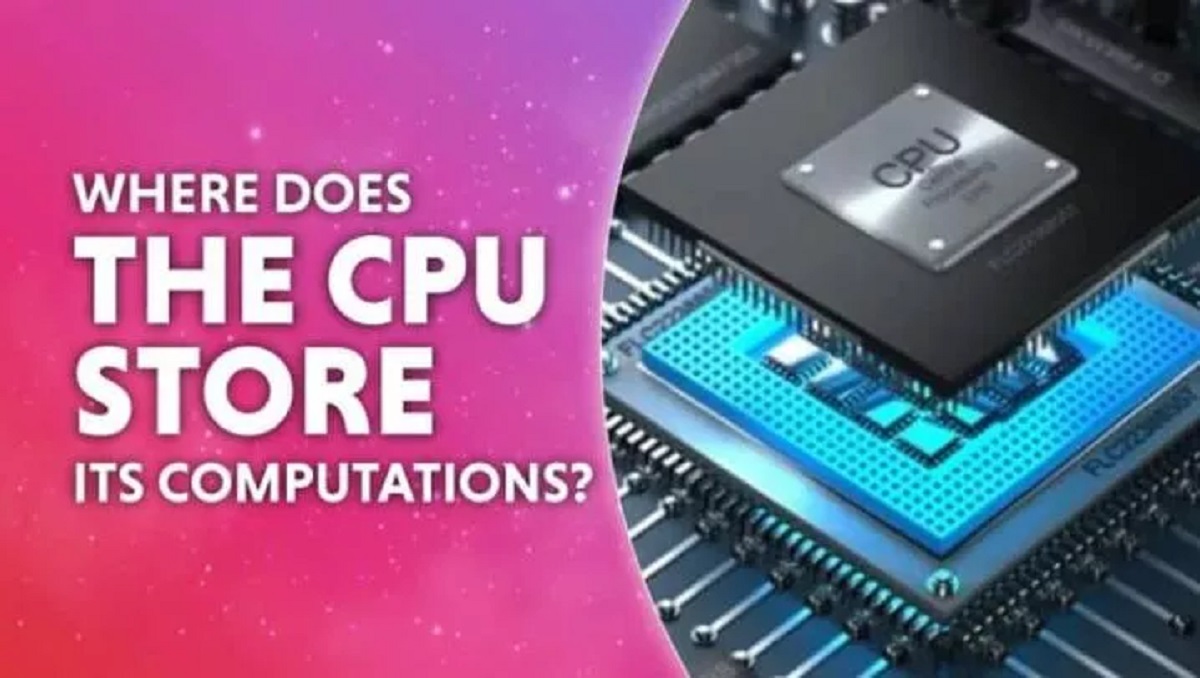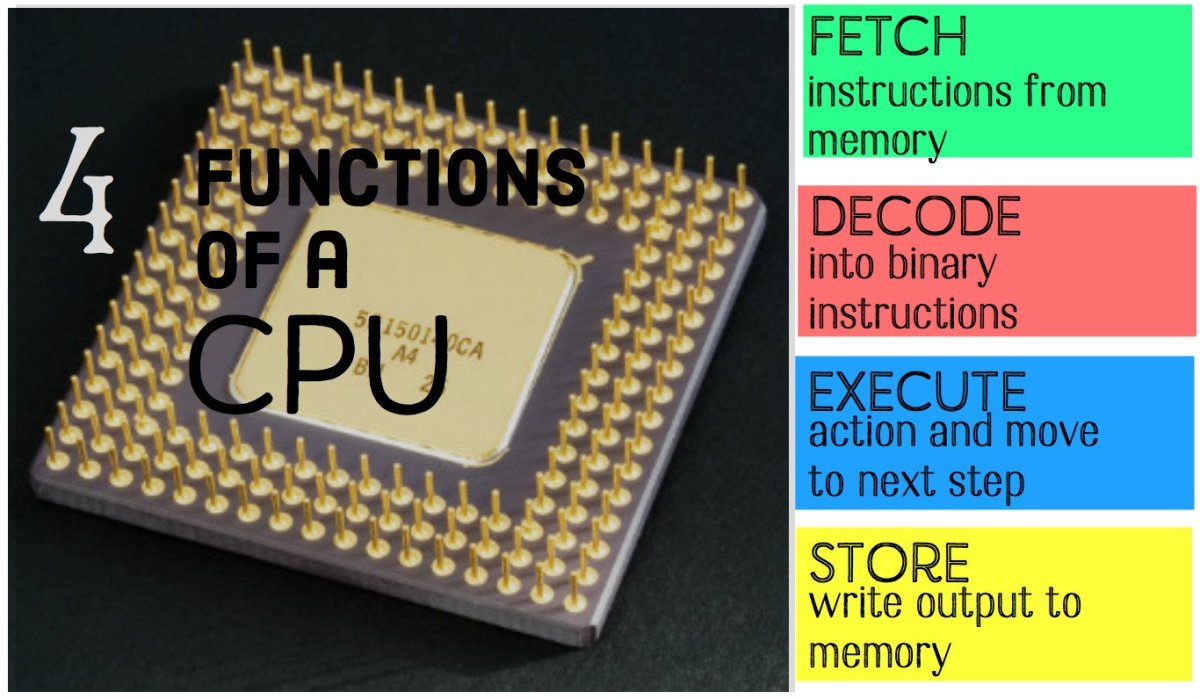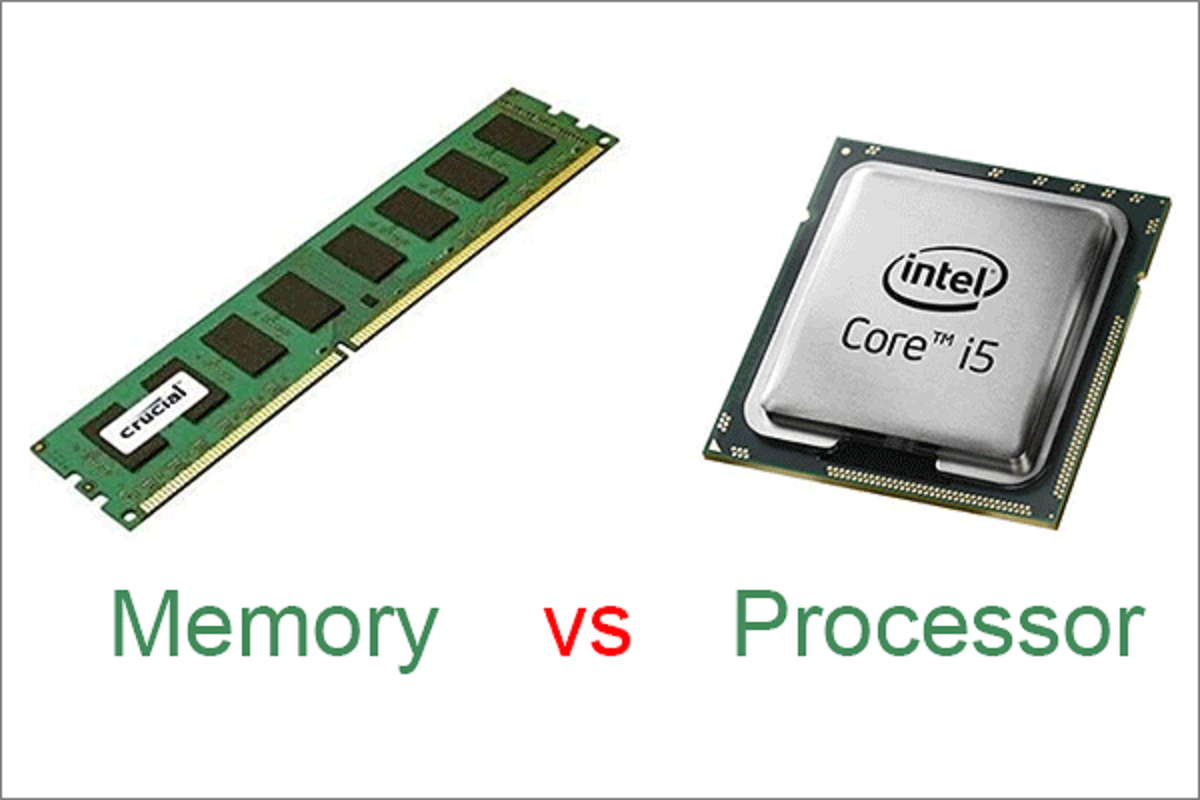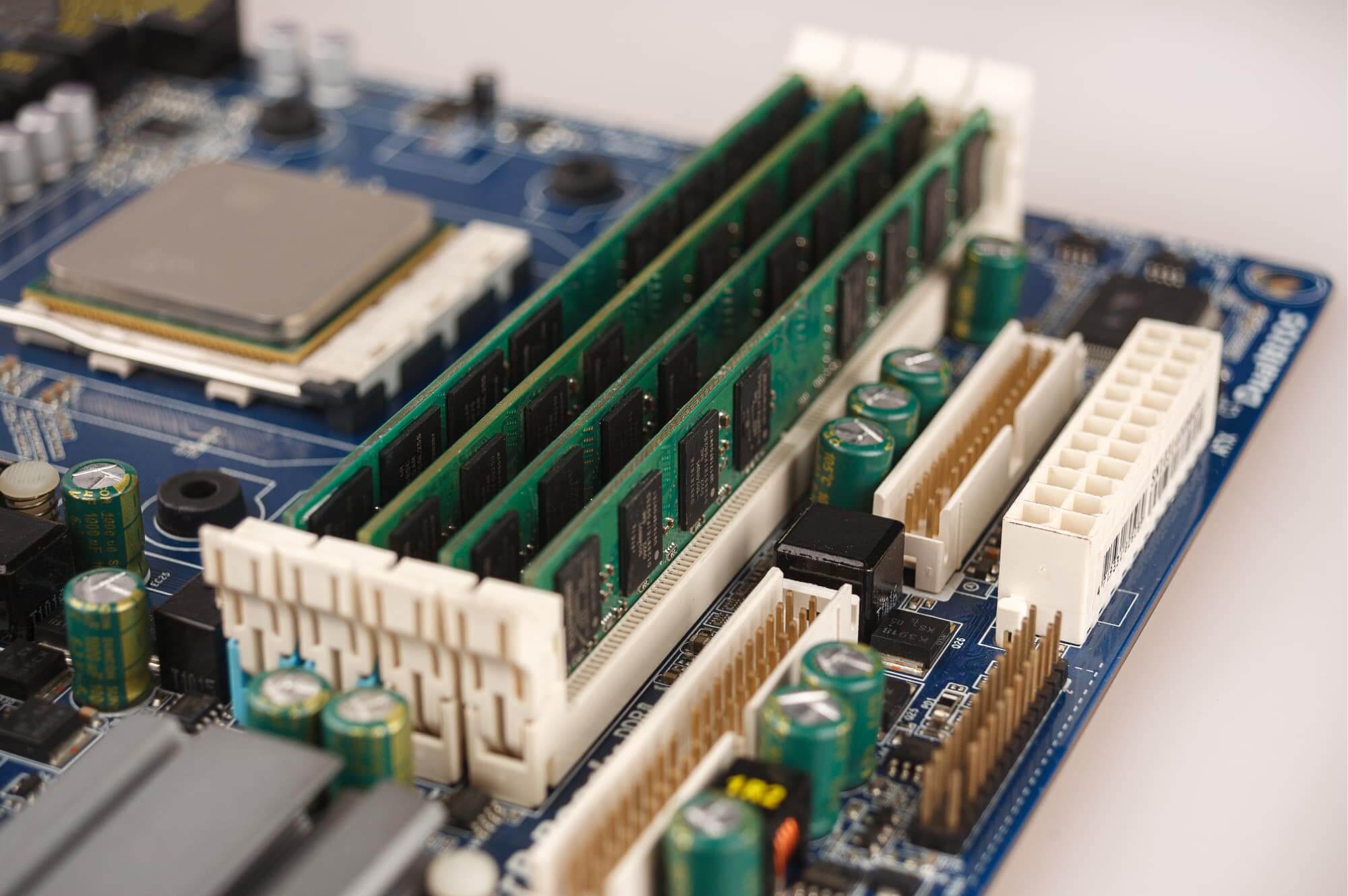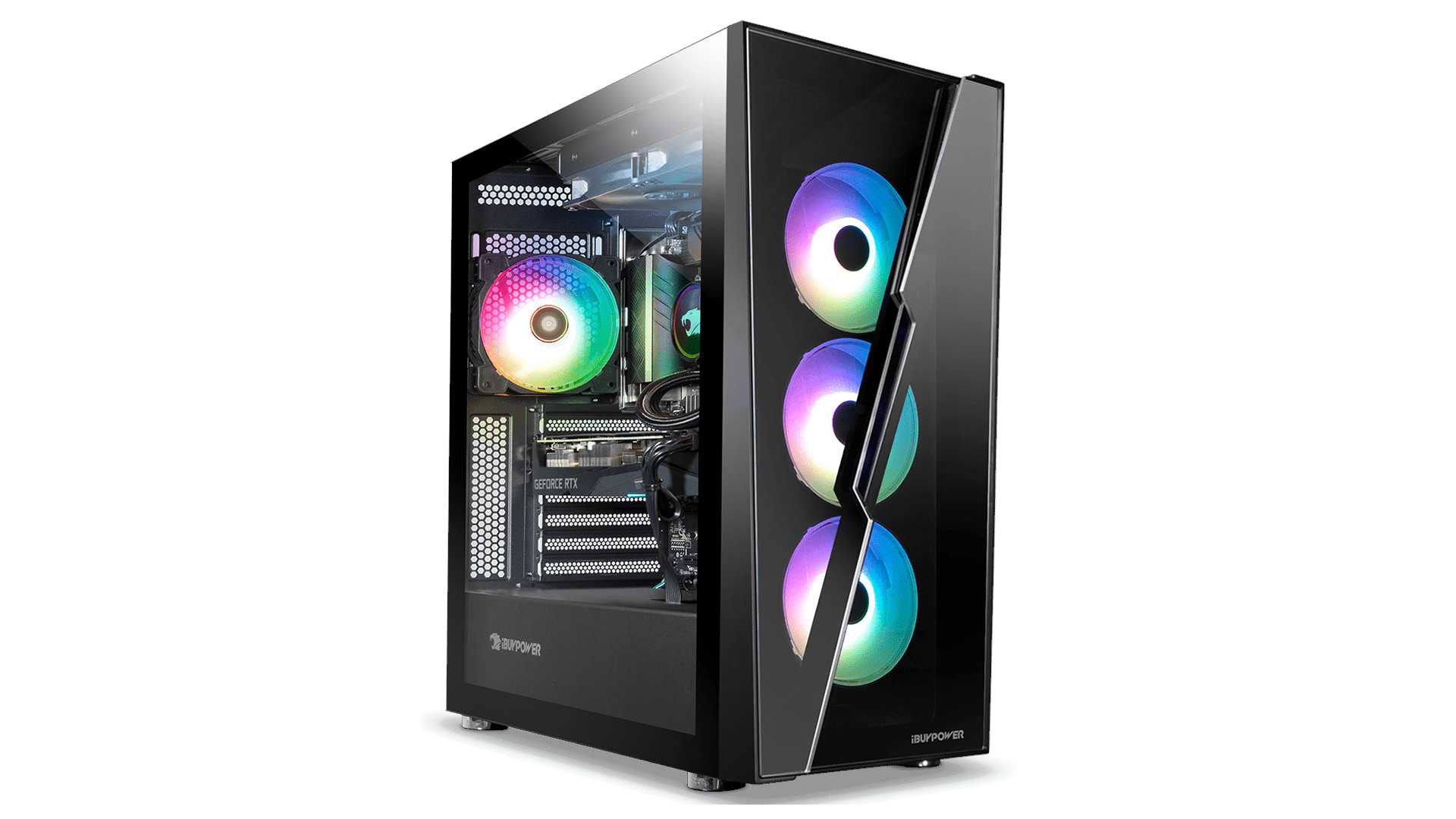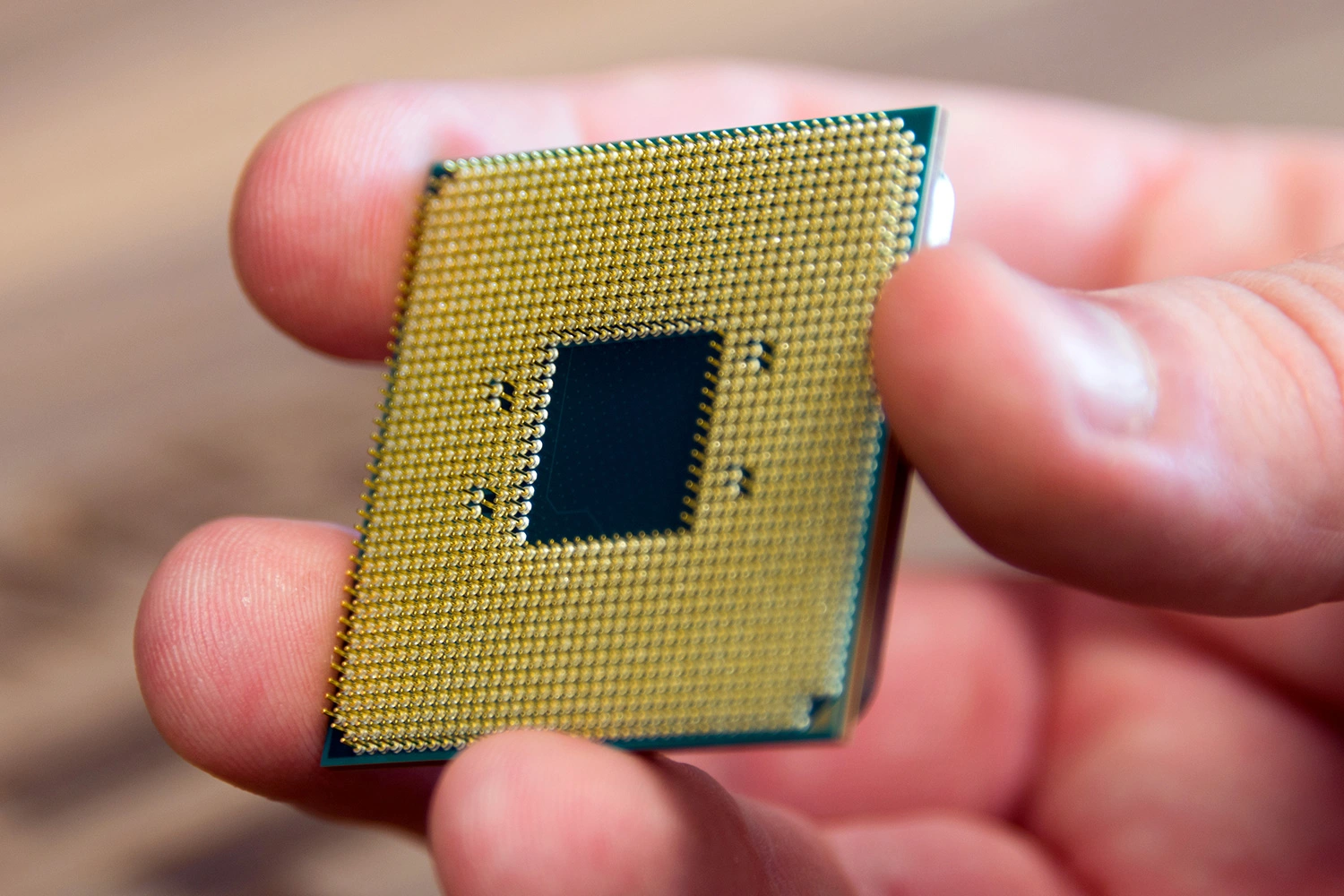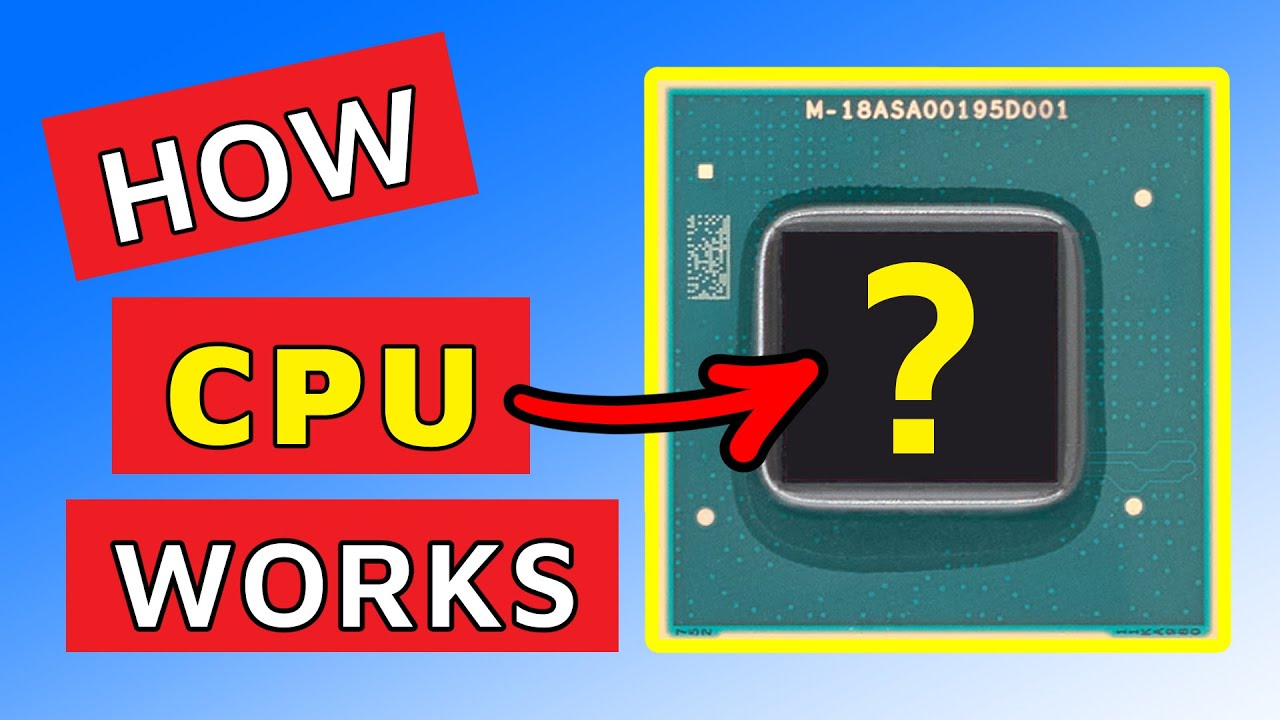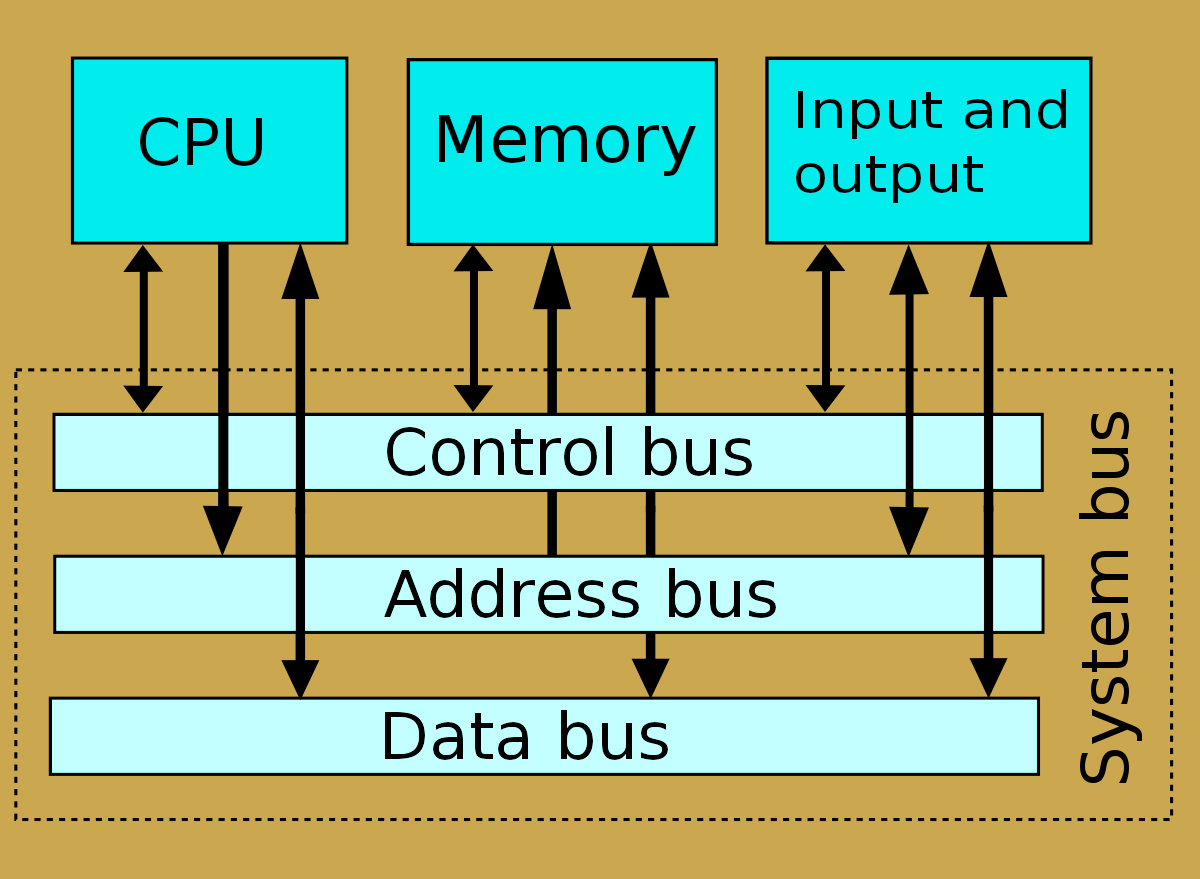Introduction
Have you ever wondered where your computer’s CPU stores all the calculations it performs? The Central Processing Unit (CPU) is one of the most critical components of a computer, responsible for executing instructions and performing computations. While the CPU itself is a highly complex piece of technology, it relies on various types of memory to store and retrieve data. In this article, we will delve into the different storage mechanisms used by the CPU to keep track of its calculations and operations.
The CPU employs a hierarchical structure of memory units, each serving a specific purpose and offering different speeds and capacities. These memory units include registers, cache, main memory, virtual memory, and disk storage. Understanding how the CPU utilizes these memory units is crucial for optimizing program execution and overall system performance.
So, if you’re curious about the inner workings of your computer’s CPU and how it stores its computations, read on to learn more about the fascinating world of CPU memory storage.
Overview of CPU
The Central Processing Unit (CPU) is often referred to as the “brain” of a computer. It is responsible for executing instructions and performing calculations. The CPU consists of several components, each playing a critical role in the overall operation of the computer.
At the heart of the CPU is the Arithmetic Logic Unit (ALU), which performs mathematical operations such as addition, subtraction, multiplication, and division. The Control Unit (CU) coordinates and controls the flow of data and instructions within the CPU. Together, the ALU and CU work in tandem to carry out the instructions provided by the computer’s software.
The CPU also makes use of memory to store and retrieve data, both from within the CPU itself and from external memory units. The primary purpose of this memory is to hold the instructions and data that the CPU needs to execute. By storing this information within its memory, the CPU can access it quickly and efficiently, improving overall performance.
In addition to memory, the CPU also has several registers, which are small, fast storage units used for temporary storage of data and instructions. Registers are essential for speeding up data access and facilitating efficient execution of instructions. They are capable of performing operations within a single clock cycle, making them much faster than accessing data from other forms of memory.
The CPU also utilizes a cache, which is a small, high-speed memory located close to the CPU. The cache stores frequently accessed data and instructions, allowing for faster retrieval. By keeping such data and instructions close to the CPU, cache memory reduces the time it takes for the CPU to access them, further enhancing performance.
Overall, the CPU is a complex component that consists of various units working in harmony to perform computations and execute instructions. The efficient utilization of memory, registers, and cache plays a crucial role in optimizing CPU performance and enhancing the overall speed and responsiveness of the computer.
Registers
Registers are an integral part of the Central Processing Unit (CPU) and play a crucial role in the execution of instructions and data manipulation. These small, high-speed storage units are built directly into the CPU and are used for temporary storage of data and instructions during the execution of a program.
Registers are incredibly fast compared to other forms of memory. They can perform operations within a single clock cycle, making them essential for efficient execution of instructions. When the CPU receives an instruction, it fetches the necessary data from memory and stores it in registers, ready for processing.
There are different types of registers within the CPU, each serving a specific purpose. One important type is the program counter (PC) register, which keeps track of the address of the next instruction to be fetched from memory. The CPU incrementally updates the program counter as it executes instructions, ensuring the correct sequence of operations.
Another critical type of register is the accumulator, which stores intermediate results during mathematical and logical operations. The accumulator is often used as the primary storage for arithmetic calculations and is updated as the CPU performs computations.
Registers also play a significant role in data movement within the CPU. The source register and destination register are used to facilitate the transfer of data between memory locations or between the CPU and external devices. These registers ensure that data is efficiently moved throughout the system, minimizing latency and improving overall performance.
In addition to these primary registers, there are also specialized registers that serve specific functions. For example, the status register contains flags that indicate the outcome of previous operations, such as whether a comparison resulted in equality or inequality. These flags are used by the CPU to make decisions and control program flow.
Overall, registers are fundamental to the operation of the CPU, providing fast and efficient storage for the data and instructions needed for computation. They play a vital role in improving performance by reducing memory access time and facilitating seamless data movement within the CPU.
Cache
Cache is an essential component of the Central Processing Unit (CPU) memory hierarchy that significantly impacts the performance of a computer system. It is a small, high-speed memory that stores frequently accessed data and instructions, making them readily available to the CPU.
The primary purpose of the cache is to reduce the time it takes for the CPU to access frequently used data. When the CPU needs to retrieve data or instructions, it first checks the cache. If the requested data is found in the cache, it is known as a cache hit, and the data can be accessed almost instantly. However, if the data is not present in the cache, a cache miss occurs, and the CPU needs to access data from a slower memory source, such as main memory or disk storage.
The cache acts as a buffer between the CPU and the larger, slower memory units. It takes advantage of the principle of locality, which suggests that programs tend to access data and instructions that are stored close to each other in both time and space. By storing this frequently used data in the cache, the CPU can access it much faster than if it were to retrieve it from main memory or disk storage.
Caches are typically organized into multiple levels, with each level having a different size and proximity to the CPU. The first level cache, known as L1 cache, is the fastest and smallest cache, located directly on the CPU chip. It is divided into separate instruction cache (L1i cache) and data cache (L1d cache), allowing for parallel access to instructions and data.
If the data or instructions are not found in the L1 cache, the CPU checks the next level of cache, called the L2 cache. The L2 cache is larger but slightly slower than the L1 cache. Depending on the system, there may be additional levels of cache, such as L3 cache, which further increase the capacity but introduce additional latency.
The cache management algorithms determine how data is stored and replaced in the cache. Popular caching strategies include least recently used (LRU) and least frequently used (LFU), which prioritize storing the most recently or frequently accessed data in the cache, respectively.
In summary, cache memory is an essential component of the CPU that significantly improves system performance by storing frequently accessed data and instructions. By reducing the time it takes to access this data, the CPU can process instructions more quickly, resulting in faster and more efficient computation.
Main Memory
Main memory, also known as Random Access Memory (RAM), is a vital component of the computer’s memory hierarchy. It serves as a medium-term storage for data and instructions that are actively used by the Central Processing Unit (CPU) during program execution.
Main memory is different from cache memory in terms of size, speed, and proximity to the CPU. While cache memory is small and located near the CPU, main memory is larger and physically positioned further away. However, main memory is still much faster than long-term storage devices like hard drives or solid-state drives.
The CPU utilizes main memory to hold the instructions and data needed to perform computations. When a program is executed, the necessary instructions and data are loaded from the storage device into main memory. The CPU then retrieves the instructions and data from main memory as needed during execution.
Main memory provides a random access capability, meaning that the CPU can access any location in memory directly, without having to traverse through the memory sequentially. This random access allows for efficient retrieval and storage of data, which is crucial for fast program execution.
One of the disadvantages of main memory is that it is volatile, meaning it loses its contents when the power is turned off. To ensure data integrity, any critical data that needs to be retained is saved to non-volatile storage, such as hard drives or solid-state drives, before shutting down the system.
Main memory capacity has a significant impact on system performance. Having enough RAM is essential to avoid frequent swapping of data between main memory and secondary storage, as this process can be a major bottleneck. Insufficient RAM can result in lower performance and slower program execution times.
Modern computer systems often have gigabytes or even terabytes of main memory. The size of main memory has increased significantly over the years to accommodate the growing demands of complex applications and multitasking.
In summary, main memory provides a medium-term storage solution for actively used data and instructions during program execution. It offers random access capability, fast retrieval times, and plays a critical role in determining system performance.
Virtual Memory
Virtual memory is a memory management technique that allows a computer to use more memory than is physically available. It provides an illusion of a larger memory space, allowing software to run even if the system’s physical memory is limited.
When a program is executed, it is divided into smaller units called pages. These pages are loaded into physical memory as needed. However, if the physical memory is full, pages that are not currently in use by the CPU can be temporarily stored on secondary storage devices, such as the hard drive or solid-state drive. This portion of the secondary storage used as an extension of the physical memory is called the swap file or page file.
When the CPU needs to access a page that is not currently in physical memory, it triggers a page fault. The operating system brings the required page into physical memory by evicting a less frequently used page from the memory. This process, known as page swapping, allows programs to execute despite limited physical memory.
Virtual memory provides several benefits. It allows for efficient utilization of physical memory by keeping only the most frequently used pages in RAM while moving the less frequently used pages to secondary storage. This helps in reducing memory constraints and allows for running more extensive applications and multiple programs simultaneously.
Virtual memory also provides memory protection, as each program has its own address space in virtual memory. This prevents one program from accessing or modifying the memory occupied by another program, ensuring system stability and security.
However, there is a performance tradeoff with virtual memory. Accessing data from physical memory is much faster than accessing it from secondary storage. So, excessive swapping of pages between physical memory and secondary storage can introduce delays and cause performance degradation. To mitigate this, modern operating systems try to optimize page swapping and minimize the need for excessive disk input/output operations.
In summary, virtual memory is a memory management technique that enables a computer system to utilize more memory than is physically available. It provides a larger memory space for programs, improves memory utilization, and enhances system stability and security.
Disk Storage
Disk storage is a type of long-term storage that allows for the persistent storage of large amounts of data. It is commonly used for storing the operating system, applications, files, and other data that need to be accessed even when the power is turned off.
Hard disk drives (HDDs) and solid-state drives (SSDs) are the two primary types of storage devices used for disk storage. HDDs consist of spinning magnetic disks and read/write heads that access the data stored on the disks. On the other hand, SSDs use semiconductor memory to store data and have no moving parts, making them faster and more reliable than HDDs.
While disk storage devices are slower compared to the main memory and cache, they have a much larger capacity. HDDs and SSDs provide non-volatile storage, meaning they retain data even when the power is turned off.
Disk storage is essential for storing the operating system, application software, and user data. It allows users to save files, documents, images, videos, and applications for future use. Disk storage also allows for efficient retrieval and sharing of data across multiple users and computers.
The data on disk storage is organized into a file system, which provides a hierarchical structure for organizing and accessing files. Common file systems include NTFS (used in Windows), HFS+ (used in macOS), and ext4 (used in Linux). The file system manages the physical locations of files on the disk and provides the necessary metadata for accessing and manipulating the data.
Disk storage is typically slower compared to other forms of memory, so efficient use of the cache and main memory becomes critical. When a program or file is accessed, the operating system caches frequently used data in main memory or cache memory to improve performance. This caching mechanism reduces the number of disk accesses and minimizes delays in retrieving data from disk storage.
As technology progresses, disk storage devices continue to evolve, with capacities increasing and access speeds improving. Solid-state drives, in particular, offer faster data access times and have become increasingly popular for their speed, reliability, and energy efficiency.
In summary, disk storage is a type of long-term storage used for persistently storing data on HDDs or SSDs. It provides large capacity and non-volatile storage, enabling the storage and retrieval of files and applications even when the power is turned off.
Conclusion
In this article, we have explored the various types of memory used by the Central Processing Unit (CPU) to store and retrieve data during computations. From registers and cache to main memory and virtual memory, each type of memory plays a crucial role in enhancing the performance and efficiency of a computer system.
Registers, the fastest form of memory, provide temporary storage within the CPU for data and instructions. They allow for quick access and efficient execution of operations.
Cache memory, located close to the CPU, acts as a buffer, storing frequently accessed data and instructions. By reducing the CPU’s need to access data from slower memory sources, cache memory significantly improves system performance.
Main memory, also known as RAM, provides medium-term storage for actively used data and instructions. It serves as a bridge between the CPU and secondary storage, providing random access capabilities and ensuring efficient program execution.
Virtual memory expands the effective memory capacity of a computer system, allowing programs to utilize more memory than is physically available. It optimizes the use of physical memory and provides memory protection and stability.
Lastly, disk storage offers long-term storage for the operating system, applications, and user data. With its larger capacity, disk storage enables data persistence even when the power is turned off, facilitating efficient data sharing and retrieval.
Understanding the different types of memory used by the CPU is crucial for optimizing program execution and improving system performance. By employing effective memory management techniques and utilizing the appropriate memory hierarchy, developers and system administrators can ensure efficient computation and enhance the overall user experience.
Ultimately, the complex interplay between these memory types – registers, cache, main memory, virtual memory, and disk storage – contributes to the smooth functioning of a computer system, allowing it to handle a wide range of tasks and deliver efficient performance.







